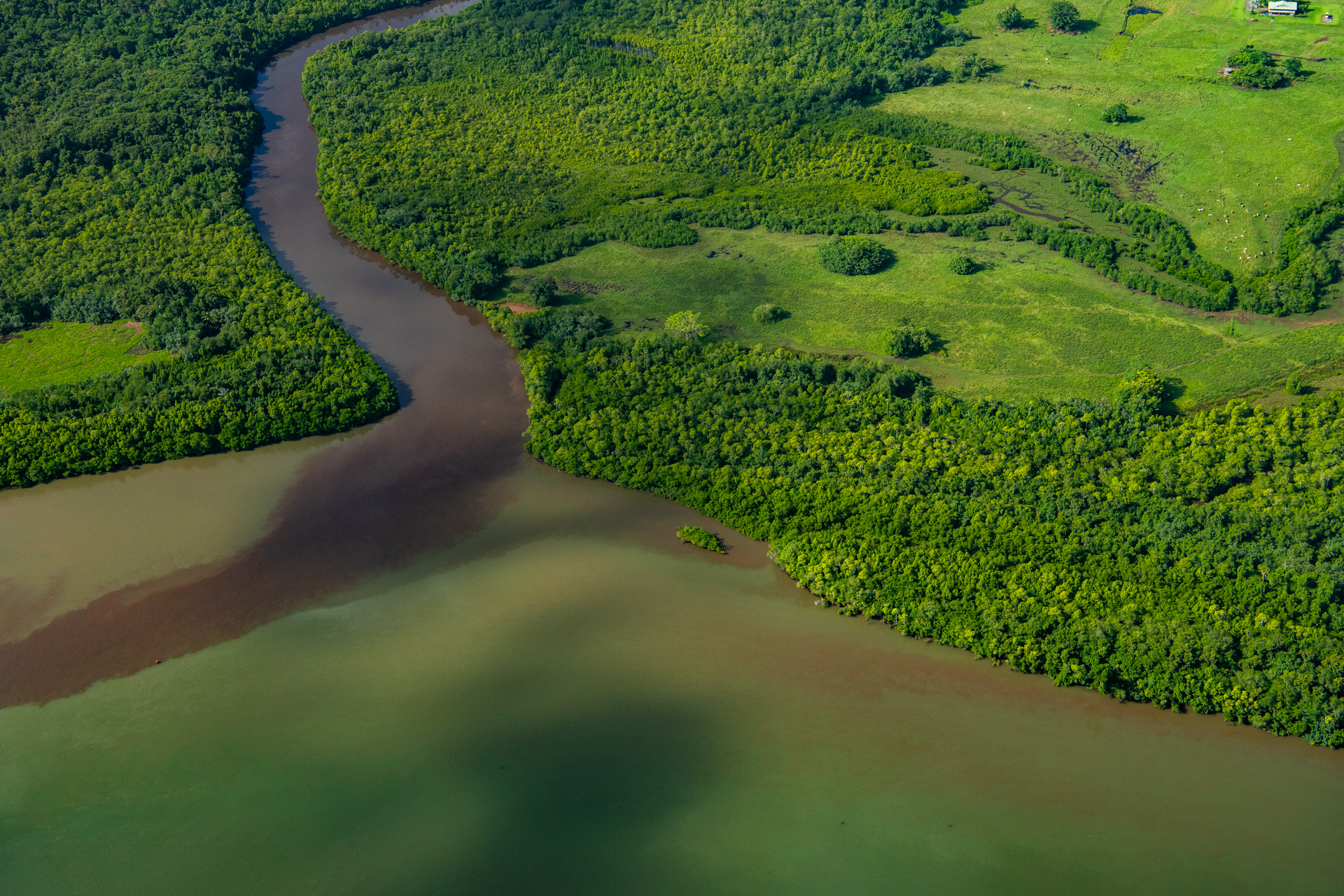|
|
Deposition and SedimentationSediment deposition is the laying down of sediment carried by wind, flowing water, the sea or ice[1]. The timescale that the deposited sediment remains in place before being remobilised may be short, or, if the deposited material remains stationary over longer timescales, sedimentation takes place, with material accumulating over a surface over time. Material such as inorganic and organic sediment can be transported by (aeolian), water (fluvial/sea), or ice (cryergic)[3]. When the transportation capacity is no longer sufficient to mobilise this material, it may come to rest on a surface. This can be because of a change in the amount of energy available for transport and also because of a change in the material properties. Sediment transported in suspension in a river may be deposited if the velocity of the water decreases. The critical velocities for erosion and deposition of different grain sizes have been modelled by Hjulström (1935)[2] and Sunborg (1956)[4]. Deposition in wetlands may occur when the slope decreases, the area increases, or the boundary roughness increases. Deposition may also occur where a river enters an estuary as the change in water chemistry to a more saline environment may cause the sediment to flocculate. This makes the particle size larger and heavier and less easily transported. The length of time that the deposited material remains stationary on a surface can vary. For sediment to aggrade, or build up, on a surface there needs to be sufficient time and sediment supply. Links and referencesDeposition - British Geological Survey References
Last updated: 20 September 2023 This page should be cited as: Department of Environment, Science and Innovation, Queensland (2023) Deposition and Sedimentation, WetlandInfo website, accessed 18 March 2024. Available at: https://wetlandinfo.des.qld.gov.au/wetlands/ecology/processes-systems/deposition-sedimentation/ |

 — Department of Environment, Science and Innovation
— Department of Environment, Science and Innovation


